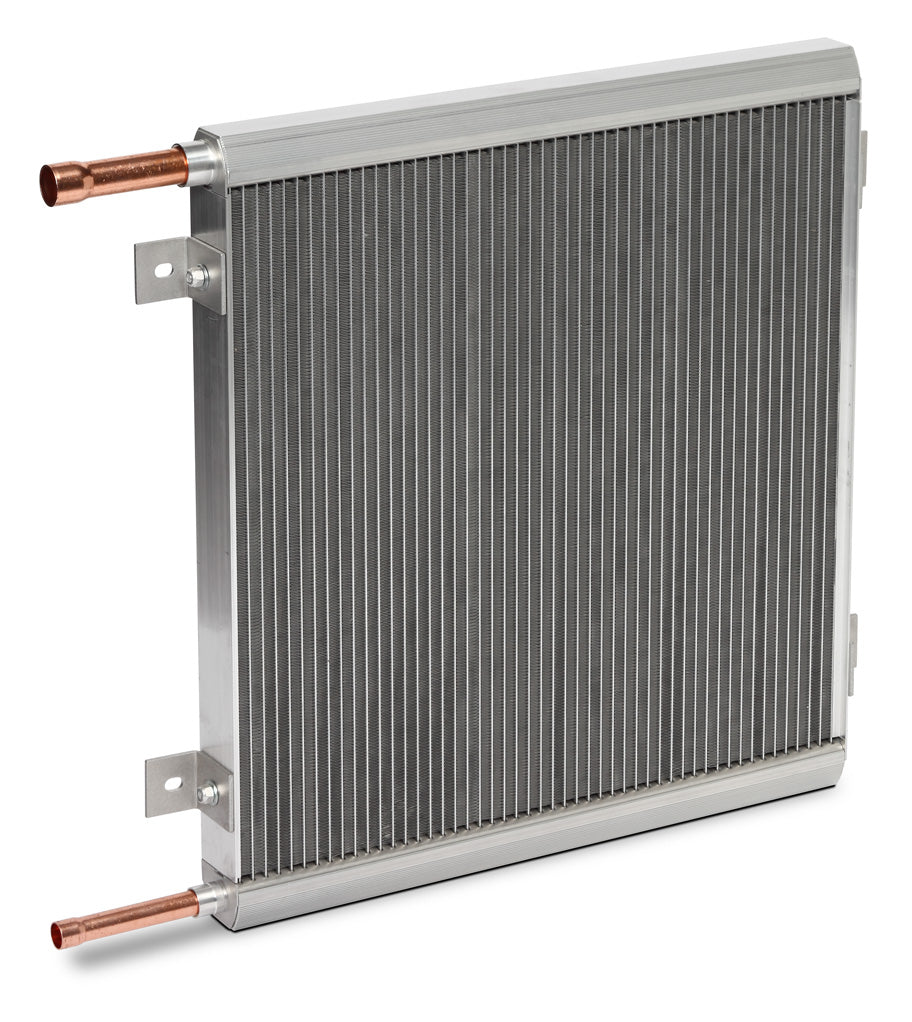
York microchannel condensers represent a significant advancement in HVAC technology, offering superior performance and efficiency compared to traditional condenser designs. At the heart of these innovative condensers lies a sophisticated technology that maximizes heat transfer while minimizing space and material usage. Let’s delve into the technology behind York microchannel condensers and how it is reshaping the HVAC industry.
Microchannel Design
The cornerstone of York microchannel condenser is their microchannel design, which consists of a network of small channels with precise geometries. These channels are typically less than a millimeter in diameter and are arranged in parallel to facilitate the flow of refrigerant and air. This compact design maximizes surface area contact between the refrigerant and the air, allowing for more efficient heat transfer.
Enhanced Heat Transfer
The microchannel design of York condensers enables enhanced heat transfer efficiency compared to traditional tube-and-fin condenser designs. By increasing the surface area available for heat exchange, microchannel condensers can achieve faster cooling rates and more precise temperature control. This results in improved overall system performance and energy efficiency, leading to lower operating costs and reduced environmental impact.
Advanced Materials
York microchannel condensers are constructed using advanced materials chosen for their durability, corrosion resistance, and thermal conductivity. These materials are carefully selected to withstand the rigors of daily operation and harsh environmental conditions, ensuring long-term reliability and performance. By using high-quality materials, York microchannel condensers deliver consistent cooling performance, even in demanding industrial and commercial applications.
Corrosion Resistance
Corrosion resistance is another key feature of York microchannel condensers. The materials used in their construction are specifically chosen for their ability to resist corrosion, rust, and degradation over time. This ensures that microchannel condensers can maintain their performance and efficiency, even in corrosive environments such as coastal areas or industrial settings. By minimizing corrosion, York microchannel condensers offer greater longevity and reliability compared to traditional condenser designs.
Compact Footprint
One of the notable advantages of York microchannel condensers is their compact footprint. The smaller channels and thinner materials used in their construction allow for significant space savings compared to traditional condenser designs. This compactness not only makes installation easier but also provides more flexibility in system layout and design. Whether used in residential, commercial, or industrial applications, York microchannel condensers offer HVAC professionals more options for optimizing space utilization and system performance.
Environmental Sustainability
York microchannel condensers contribute to environmental sustainability by promoting energy efficiency and reducing greenhouse gas emissions. By maximizing heat transfer efficiency and minimizing energy consumption, microchannel condensers help lower the carbon footprint of HVAC systems. This benefits both the environment and building owners, who can save on energy costs and comply with regulatory requirements. With York microchannel condensers, HVAC systems can achieve higher levels of efficiency and sustainability, leading to a greener future for all.
Conclusion
In conclusion, the technology behind York microchannel condensers represents a significant advancement in HVAC technology. Their microchannel design, advanced materials, corrosion resistance, and compact footprint make them indispensable components of modern cooling systems. As the HVAC industry continues to evolve and prioritize energy efficiency and sustainability, York microchannel condensers will play a crucial role in driving innovation and shaping the future of HVAC technology.
